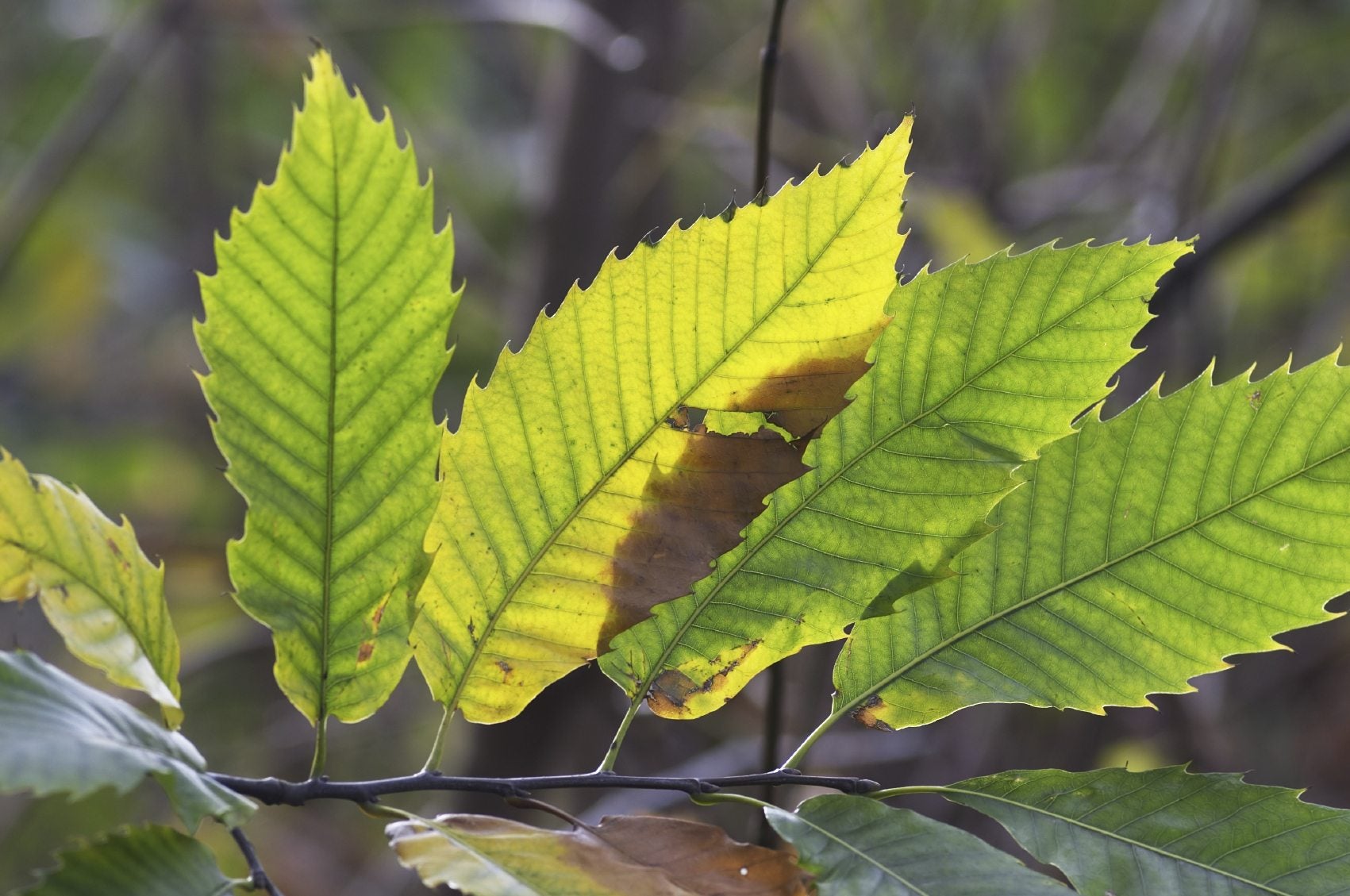Leaf Identification - Learn About Different Leaf Types In Plants


Leaves are one of the most important plant parts. They are crucial to gathering energy, respiration, and protection. Leaf identification is helpful in classifying the variety of plant and its family. There are different leaf types, exemplified by their form and shape as well as other characteristics. Leaf types and arrangements can give insight into why positioning is important for photosynthesis and overall plant vigor.
Basic Leaf Types in Plants
Leaves have many aspects at which to look during the identification process. The different leaf types all have specific purposes and adaptations to help the plant thrive in its native terrain. It is important to look at all parts of the leaf including:
- Base
- Margins
- Tip
- Veins
- Petiole, if present
- Midrib
The most obvious aspect to examine is the shape of the leaf. If it is an uninterrupted shape, it is simple. If the shape divides into smaller leaf sets the leaf is compound. Identifying plant leaves that are compound divides them into subsets.
- Palmate leaves have smaller leaves attached at a central point and radiate out much like your hand when you spread your fingers wide.
- Pinnate leaves are attached to a stem and produce leaflets along that stem in either even or odd numbers.
- Bi-pinnate means a pinnate leaf is twice divided. There are also blades, needles, and other forms. These basic shapes are the base of leaf identification.
Common Leaf Types and Arrangements
The arrangement of a leaf refers to how it grows on the stem. Some leaves grow opposite, some alternate, some in rosette forms and others in whorls. Each arrangement changes the way light plays across the photosynthetic cells. The leaf may attach with a petiole, a shortened stem, or it may be sessile (meaning stem-less). The arrangement gives part of the clue as to the species. Venation is one more clue. Venation is the etched veins in the leaf surface. They may be:
- Parallel
- Dichotomous, forming a “Y”
- Palmate, radiating out from a central point
- Pinnate, where the veins are arrayed from the midrib
More Visual Cues for Identifying Plant Leaves
Color and texture are two other methods of categorizing foliage. In addition, you can look at any discrepancy in the leaf margin. The edges of leaves may be smooth, toothed, lobed, incised, or wavy. The degree of any of these conditions varies as well. Needle-like leaves also have distinguishing arrangements and shapes. Conifers may be scale-like, awl shaped, single, linear, bundled or clustered. The arrangement of the needles on the stem is also important. The texture of the leaf is yet another aspect at which to look. Some things to note here include whether it is it firm and waxy, shiny, thick, stiff, limp, etc. Let your fingers do the walking and identify if the leaf has resinous glands, prickly thorns, or fine hairs. There are many more fine distinctions for professional botanists, but these basics are generally good enough for most leaf identification for the common gardening enthusiast.
Sign up for the Gardening Know How newsletter today and receive a free copy of our e-book "How to Grow Delicious Tomatoes".

Bonnie Grant is a professional landscaper with a Certification in Urban Gardening. She has been gardening and writing for 15 years. A former professional chef, she has a passion for edible landscaping.